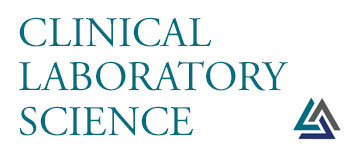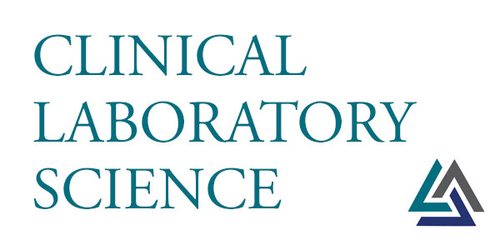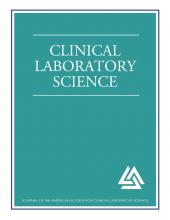Article Figures & Data
Tables
- Table 1.
Sample characteristics of medical laboratory students in F2F and online educational settings
F2F Online Variable n (%) n (%) Gender Female 53 (64.63) 81 (89.01) Male 27 (32.92) 10 (10.99) Nonbinary/other 2 (2.43) 0 (0) Ethnicity Arabic or Middle Eastern 1 (1.22) 3 (3.30) Asian or Asian American 20 (24.39) 8 (8.79) Black or African American 2 (2.43) 4 (4.40) Hispanic or Latino 6 (7.32) 2 (2.20) Native American or Alaska Native 1 (1.22) 4 (4.40) Native Hawaiian or Other Pacific Islander 0 (0) 1 (1.10) White or European American 51 (62.96) 67 (73.63) Some other race, ethnicity, or origin 1 (1.22) 2 (2.20) Employment Not employed 25 (30.49) 0 (0) Employed part time 45 (54.88) 12 (13.19) Employed full time 12 (14.63) 79 (86.81) Employed in a medical laboratory or related field 38 (46.34) 87 (95.60) Employed in another field 19 (23.17) 4 (4.40) - Table 2.
Means and SDs of ARS-30 scores, MLSQ subscale scores, and GPA for F2F and online MLS students
Variable F2F (n = 82) Online (n = 91) ARS-30 score 118.68 (15.60) 119.75 (20.39) MLSQ subscale score 47.20 (7.71) 46.88 (7.33) GPA 3.62 (0.29) 3.49 (0.38) Note: Standard deviations (SDs) in parentheses.
- Table 3.
Binomial logistic regression predicting likelihood of educational setting based on academic resilience, academic self-efficacy, GPA, age, and gender
95% CI for Exp(B) Model B SE Wald df p Exp(B) Lower Upper Academic resilience 0.003 0.01 .05 1 .82 1.00 0.98 1.03 Academic self-efficacy −0.005 0.03 .023 1 .88 0.10 0.94 1.06 GPA −1.21 0.63 3.66 1 .06 0.30 0.09 1.03 Age 0.184* 0.03 30.99 1 < .01 1.20 1.13 1.28 Gender −1.52* 0.51 8.92 1 < .01 0.22 0.08 0.59 *Note: CI, confidence interval; B, unstandardized regression weight; SE, standard error of the coefficient; df, degrees of freedom; Exp(B), odds ratio.






